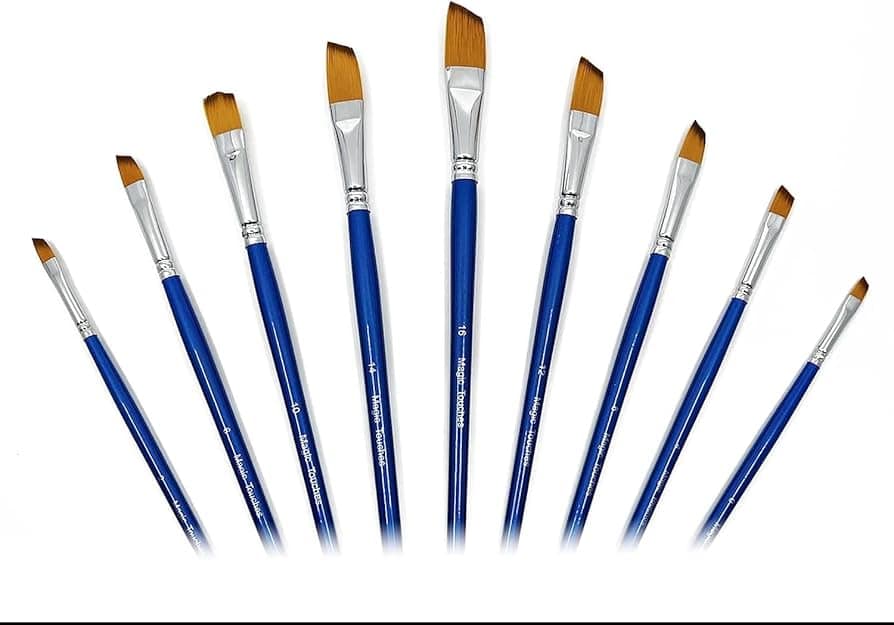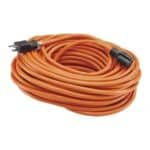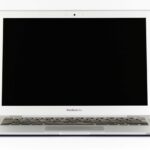Picking the right brush width can make a big difference in your hair styling. The best width depends on your hair type and what look you want to create.
For most people a medium-width brush around 2-3 inches wide works well for everyday styling. This size helps smooth and shape hair without taking too long. Wider brushes over 3 inches are good for long or thick hair. Narrow brushes under 2 inches work better for short hair or precise styling.
Your hair texture also matters when choosing a brush width. Paddle brushes are great for detangling all hair types. People with curly hair may prefer wide-toothed combs. Those with fine hair often do well with smaller round brushes. Picking the right width helps you style your hair the way you want with less damage.

Determining the Right Brush Size
Choosing the right brush size is key for healthy hair care. The best brush depends on your hair type and styling goals. Let’s look at how to pick the perfect brush for you.
Size and Hair Length
Brush size matters for different hair lengths. Short hair works well with small brushes. Long hair needs bigger brushes to handle more hair at once.
For short hair try a small round brush. It’s great for adding volume. A 1-inch barrel works well for most short styles.
Medium hair likes medium-sized brushes. A 2-inch round brush is good for shoulder-length hair. It helps smooth and style.
Long hair needs big brushes. Try a 3-inch round brush or wide paddle brush. These cover more hair with each stroke. They’re great for detangling.
Understanding Brush Shapes and Bristles
Brush shapes and bristles affect how they work on your hair. Round brushes curl and add volume. Paddle brushes smooth and detangle.
Bristle types matter too. Boar bristles are great for fine hair. They spread oils and add shine. Nylon bristles work well on thick or coarse hair. They detangle without pulling.
Mixed bristle brushes combine boar and nylon. They work on many hair types. Synthetic bristles are good for wet hair. They’re less likely to break strands.
Vent brushes have holes to let air flow. They’re great for quick drying. Detangling brushes have flexible bristles to gently remove knots.
Specialty Brushes for Styling and Texture
Some brushes are made for specific styles. Teasing brushes add volume at the roots. They have tightly packed bristles.
Straightening brushes have heated plates. They smooth hair as you brush. Curl-enhancing brushes have special shapes. They help define curls and waves.
For texture try a boar bristle brush. It adds shine and smooths frizz. A wide-tooth comb is good for curly hair. It detangles without disrupting curl patterns.
Round brushes come in many sizes. Small ones make tight curls. Big ones create loose waves. Pick based on the look you want.
Remember to match your brush to your hair type and style goals. The right brush makes hair care easier and more effective.
Brushes for Different Hair Types and Conditions
Picking the right brush can make a big difference for your hair. The best brush depends on your hair type and any issues you may have. Let’s look at how to choose brushes for various hair needs.
Caring for Specific Hair Types
For fine hair, use a gentle brush with soft bristles. This prevents breakage. A paddle brush works well.
Thick hair needs sturdy bristles. Try a vented brush for blow-drying. It helps dry hair faster.
Curly hair does best with a wide-tooth comb or detangling brush. These prevent frizz.
For natural hair, use a Denman brush or wide-tooth comb. They define curls without causing damage.
People with extensions should use a loop brush. It won’t pull on the attachments.
Managing Hair Conditions with Brush Selection
For tangles, use a detangling brush. Start at the ends and work up to avoid pain.
To fight frizz, try a boar bristle brush. It spreads natural oils through hair.
For thinning hair, use a soft bristle brush. This prevents further hair loss.
To add shine, use a nylon bristle brush. It reduces static and makes hair glossy.
For scalp health, pick a brush with widely-spaced bristles. This lets you massage your scalp.
Techniques for Hair Brushing
Brush dry hair from the bottom up. This prevents tangles and breakage.
For wet hair, use a wide-tooth comb or wet brush. Start at the ends and work up slowly.
To add volume, use a round brush while blow-drying. Lift hair at the roots as you dry.
For straight styles, use a paddle brush or straightening brush. Go from roots to ends in smooth strokes.
Brush curly hair only when it’s wet. Use a wide-tooth comb or fingers to prevent frizz.
Frequently Asked Questions
Choosing the right brush size is key for great results. Let’s look at some common questions about brushes for hair and painting.
What size round brush is best for achieving volume?
For more volume, use a larger round brush. A 2-inch or 2.5-inch brush works well for most hair types. Bigger brushes create more lift at the roots. This adds body and fullness to your style.
Which size round brush is optimal for a blowout on medium-length hair?
For medium hair, try a 1.5-inch to 2-inch round brush. This size lets you style easily without tangling. It’s big enough to create smooth curves but not so large that it’s hard to control.
What factors should be considered when selecting the size of a round brush for long hair?
For long hair, think about hair thickness and desired style. Thicker hair needs a larger brush, like 2-3 inches. Finer hair works better with 1.5-2 inch brushes. Bigger brushes make smoother styles. Smaller ones give more curl and wave.
How can one measure the correct hair brush size?
To find your ideal brush size, check the width of your hair sections. The brush should be about the same width as your normal sections. For most people, this is 1-2 inches wide. You can also ask your stylist for advice based on your hair type.
In terms of hair brushing, is it advisable to use a bigger or smaller brush?
It depends on your goals. Bigger brushes hold more hair and work faster. They’re good for smoothing and adding shine. Smaller brushes offer more control. They’re better for styling bangs or short hair. Pick based on your hair length and the look you want.
What size paint brush is typically used for broad strokes?
For broad strokes in painting, use brushes 1-4 inches wide. Wider brushes cover more area quickly. They’re great for backgrounds or large surfaces. A 2-inch brush is a good all-purpose size for many projects.







